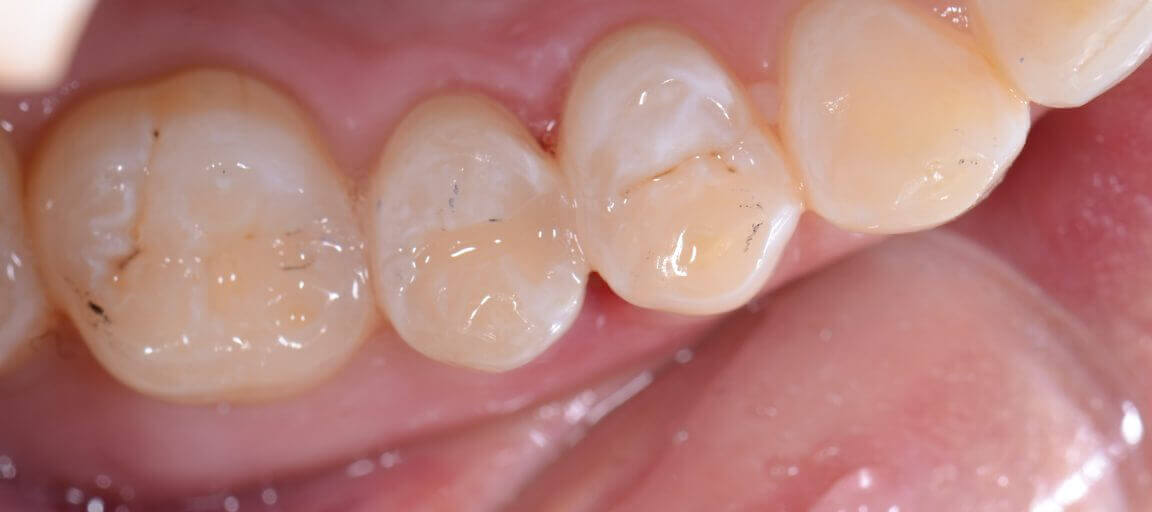
Understanding Bulk Fill Composites (Part 1)
For years and years, we were trained to not use bulk fill composites. We were well trained to layer composites to improve the success of their longevity. For years, it was smaller layers and angled layers. What was that about? The primary issue we were trying to overcome was the shrinkage of the composite material. Shrinkage stress could destroy adhesion and fracture enamel. Another issue was depth of cure. Traditional composites couldn’t be cured in bulk. Between shrinkage and polymerization, layering became important. We would also layer to ensure we condensed the fill.
In time, scientists and manufacturers looking at this were able to alter the chemistry of the composite to alter the impact of polymerization shrinkage. When bulk fill composites first came on the market, despite what the manufacturers told me, I felt some internal resistance and it took me a while to step into the bulk fill arena. What drove me to take that leap of faith was looking into the science behind bulk fill composites.
The Science
I spoke with different scientists, from different manufacturers, and with independent scientists who created these materials. What I came to understand is that bulk fill composites are an improvement in composite technology.
The manufacturers learned how to direct shrinkage away from the bonded interface. Across the category of bulk fill materials, all these materials have a lower shrinkage stress numbers than the categories of composites that came before them. They do better at maintaining the integrity of the interfaces between the composite and dentin adhesive and the dentin adhesive and the walls of the cavity preparation.
The manufacturers increased translucency to increase the depth of cure. In general, when a manufacturer says they have a bulk fill composite, what they mean is that the depth of cure is somewhere between 4 to 6 mm. I often hear the complaint that bulk fill composites are not as esthetic as traditional composites. Each of us must answer individually for ourselves how exact and perfect we want to make the match of the composite to the surrounding tooth. Manufacturers have attempted to address this and now offer bulk fill composites that become opaquer as they cure.
Multiple Choices
Like everything else in dentistry, there are many choices. There are multiple types of bulk fill composite, even from single manufacturers, with variances in the specific depth of cure they recommend. When evaluating bulk fill composites, consider these questions:
- What is recommended depth of cure for that specific composite?
- Is the composited graded high enough to withstand occlusal loading and wear, or does the manufacturer recommend you use a different composite to create a 1 to 2 mm cap layer (typically, a more traditional nano category of composite)? The silver lining is that this provides an option when esthetics are of high concern.
- Is the composite condensable, requiring you to use condensing instruments, or is the composite more flowable and referred to as self-leveling, because it flows perfectly across to perfectly fill the preparation cavity? Self-leveling composites have a chemistry that allows them to have less initial viscosity and then thicken after they have flowed.
- Among your choices are bulk fill composites that come in small containers to go in composite guns, compules, and syringes. The less viscous, flowable composites come in a syringe that looks like a flowable and you can put a flowable tip on it.
I’ll be back with Part 2 of this blog to present more about bulk fill composites. To leap ahead, you may want to visit the Pankey YouTube channel to view the webinar I presented on this topic in 2020. You can view it here.
Related Course
E1: Aesthetic & Functional Treatment Planning
DATE: October 16 2025 @ 8:00 am - October 19 2025 @ 2:30 pmLocation: The Pankey Institute
CE HOURS: 39
Dentist Tuition: $ 6800
Single Occupancy with Ensuite Private Bath (Per Night): $ 345
Transform your experience of practicing dentistry, increase predictability, profitability and fulfillment. The Essentials Series is the Key, and Aesthetic and Functional Treatment Planning is where your journey begins. Following a system of…
Learn More>






